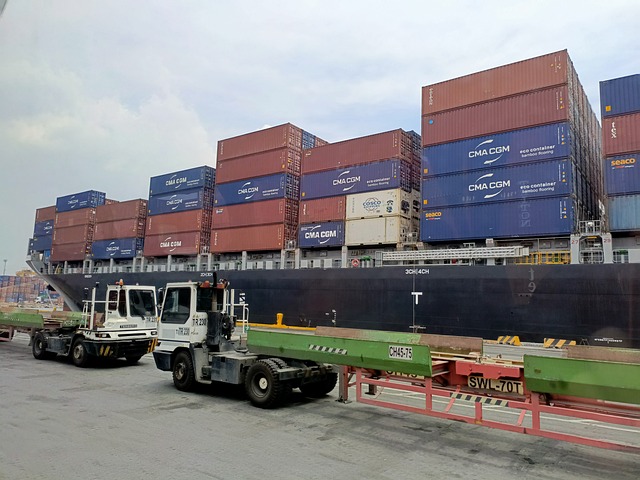-
The global shipping industry faces a “shadow of uncertainty”, particularly with China’s economy teetering on the brink of instability
-
Veson Nautical, which delivers freight management solutions for the global shipping economy, said “several elements of unpredictability” are affecting its second-quarter forecast
-
These elements include elevated interest rates in Western economies raising the risk of a serious downturn, possibly stalling growth, and the ongoing geopolitical tensions such as the crisis in the Red Sea
-
Still, the container market is expected to grow at 2.4% this year
-
Rates have come down sharply and are expected to bottom out between the second half of 2024 and the first half of 2025
The global shipping industry faces a “shadow of uncertainty”, particularly with China’s economy teetering on the brink of instability. So says Veson Nautical, which delivers freight management solutions for the global shipping economy.
“Several elements of unpredictability” are affecting second-quarter forecast, including elevated interest rates in Western economies raising the risk of a serious downturn, possibly stalling growth; and the ongoing geopolitical tensions such as the crisis in the Red Sea, Veson said.
“Any notable escalation or de-escalation in these conflicts could profoundly affect the broader economic trajectory,” it added.
Finally, the potential for disruption in the Suez Canal and the Panama Canal injects additional instability into the economic landscape. For the former, certain military groups can cause disruptions, while for the latter it is natural occurrences which pose a potential threat.
Growth in container market
Still and all, the container market is expected to grow at 2.4% this year, Veson said. Over the 2024 to 2027 period demand is growth is seen at 3.1% yearly on average, it added.
Rates have come down sharply and are expected to bottom out between the second half of this year and the first half of 2025 in conjunction with easing congestion. But expectations are for a rise in rates “as the pains of returning to normal abate,” said Veson.
The company’s analysis for the container sector is that rates will come under pressure and continue to decline in 2024. This, despite the non-fundamental increase in freight rates in the past months.
With close to nine million twenty-equivalent units entering the market in the next few years, the industry can “expect a supply surplus.”
A look at the orderbook shows that duel fuel vessels account for 45% in terms of vessels and more in terms of TEUs “indicating liners are well underway in the green transition” with LNG and methanol the preferred solution.
Meanwhile, scrapping activity is still muted, but this is expected. “We anticipate that operating elderly, non-eco vessels will become increasingly costly,” said Veson.
It is not just the container sector that will have to face possible headwinds.
The tanker sector faces volatility in rates with expectations of swings in oil prices. Among the factors that can affect this are developments in Russia, OPEC+ decisions, member compliance, and China’s ability to maintain economic growth.
Sanctions imposed on Russia because of its invasion of Ukraine are seen to influence tanker activity in the foreseeable future.
This year, the demand for tankers will receive a boost with many shipping companies avoiding the Red Sea.
For the bulkers sector, modest growth in demand is expected to exceed low supply growth. This should pave the way for a strong market balance.
According to Veson, a low orderbook and hesitancy to invest in new vessels due to fuel-related uncertainties has created a “favorable supply situation” because net fleet growth is limited.
For the gas sector, expect LPG production in the US to expand at a slower pace than previous years, with growth of 2.1% expected.
A correction in earnings can be expected this year as US production growth will likely be modest and domestic consumption likely to increase.





